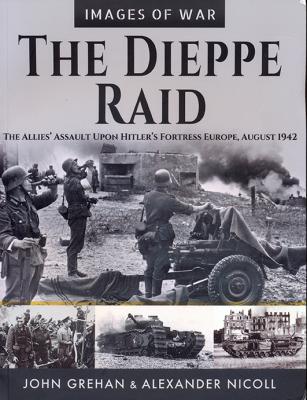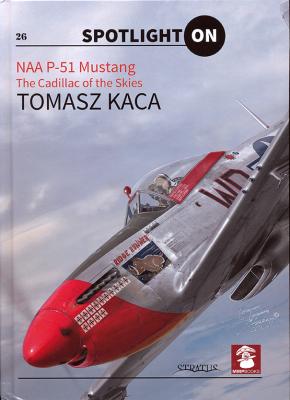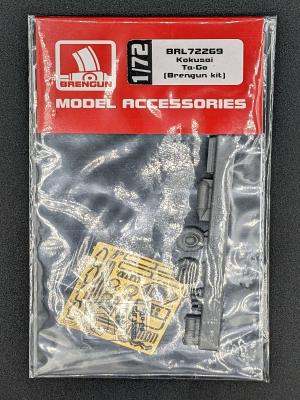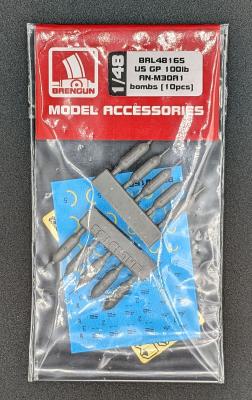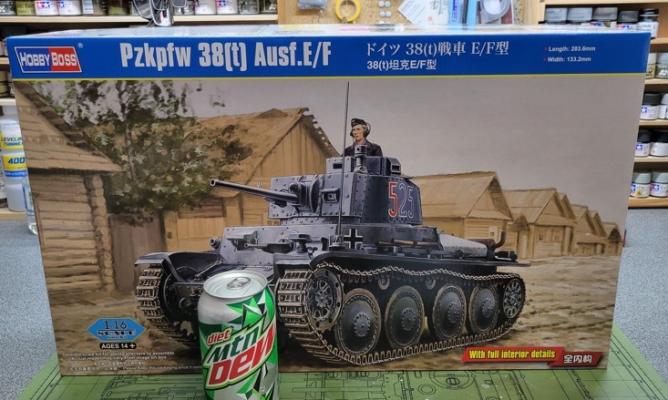During the early months of 1942, there was much pressure on the Western Allies – especially from the Russians - to ‘do something – anything!’ to relieve the unrelenting bad news on all fronts. The British were struggling in North Africa and the Far East, Japan was running roughshod over the US in the Pacific while the Canadian Government was under pressure at home. The result of these pressures was to lead to one of the most ill-conceived operations of WWII – Operation Jubilee, the raid on the northern French port of Dieppe, which had been heavily fortified by the occupying German armed forces. The resulting operation in August 1942 was an unmitigated disaster, costing the lives of thousands of Canadian and British troops, sailors and airmen with very little to show.
Welcome to the IPMS/USA Reviews site!
Introduction: The primary organization of the IPMS/USA Review website is by IPMS/USA National Contest Class. Within each Class there are sub-menus by kits, decals, books, etc. The Miscellaneous Class is for items that are not class specific or that cross two or more classes.
IPMS/USA Members: We encourage you to submit reviews, both here and to the Journal. To volunteer for membership in the IPMS/USA "Reviewers Corps" and submit your own reviews, please read the Guidelines For Submitting Product Reviews.
Manufacturers, publishers, and other industry members: IPMS/USA is pleased to offer your company the opportunity for product reviews. All product reviews are performed by IPMS/USA members, and are posted in the publicly-accessible section of our website. With very few exceptions, we perform full build reviews of new kit releases, aftermarket products, and supplies. If you would care to provide product samples for review, please contact John Noack, IPMS/USA 1st VP.
To learn more about IPMS/USA, please see our About Us page.
This book is the 28th in MMP’s Spotlight On series, and consists of 23 full-color plates showing 23 different famous P-51 Mustang fighters, splendidly depicted by Polish aviation artist, Tomasz Kaca. Each plate shows the aircraft in question in the air above a variety of landscapes and featuring various WWII theatres. Each plate is accompanied by a short caption naming the aircraft and its identity, the pilot and his unit. There are no other words in the book, not even an introduction.
While the plates are splendidly rendered, I have two issues with the book. Firstly, the plates are split across the spine of the book and while it is easy enough to ‘break’ the spine so it lays flat, it does rather spoil the effect. Perhaps this type of book is better served by a landscape format rather than portrait.
The Kokusai Ta-Go is an obscure late World War II aircraft designed by Captain Yoshiyuka Mizuyama of the Imperial Japanese Army as an inexpensive kamikaze aircraft to be used in the Allied invasion of Japan. The Tachikawa Aircraft Company wasn’t interested as they were already overwhelmed with their production requirements. Undeterred, Captain Yoshiyuka Mizuyama built the prototype with volunteers. The original armament was a single 500kg bomb fixed to the aircraft (it couldn’t be dropped and it was designed for a single operation). The aircraft was destroyed in a bombing raid. The Captain then approached the Kokusai Corporation who expressed interest, but wanted it cheaper and lighter. Now vastly underpowered (the aircraft had a wingspan of 8.9m and was 7.4m long, powered by an inline, air-cooled four-cylinder engine producing 110hp), the aircraft could only carry a single 100lb bomb.
The AN-M30A1 was a World War Two era general purpose (GP) 100-pound bomb that entered service in 1942. The AN-M30A1 was a slightly modified AN-M30 US Army developed bomb, differing in the base plug/plate construction, and the use of a different adapter-booster. The bomb served the US for about 20 years.
From the Bulletpicker website
These bombs are all general purpose high explosive bombs.
To overcome the erratic flight of these bombs when dropped from high altitudes by very heavy bombers, the tail assembly of the 260 pound Fragmentation Bomb M81 replaces the customary tail unit, which is two inches shorter, for such missions. Use of the Cluster Adapter M22 permits single suspension for four GP Bombs AN-M30 or AN-M30A1.
Bottom Line Up Front
This reboot of the Panda Hobby Pz38(t) kit in 1/16 scale is a mixed bag. The full interior provides some exciting possibilities, but the kit is marred by some very sub-par engineering. This kit has a lot of nice features, but it really fights you in some places. It can be made into an award-winning model, but it will take patience, skill, and lots of coins for the swear jar.
I built this review as a ‘naked build’ so you can see all the features of the kit unobscured by filling, sanding, painting, or weathering.











